Why a $5,000 Website Is Cheaper Than a 'Free' One: The Real ROI of Professional Web Design (2025 Guide)
By Sanderson on November 2, 2025


Sarah, a gifted hairstylist, just opened her dream salon. To “save money,” she builds her own website using a free drag-and-drop tool. It looks okay on her laptop, and she proudly hits Publish.
Six months later?
– Her contact form has two real inquiries (both spam).
– Her site loads slowly on phones.
– She’s invisible on Google.
Her “free” website has quietly cost her six months of potential clients and credibility.
This story is universal — salons, contractors, coaches, retailers — all fall for the same trap.
Let’s unpack why the cheapest website often becomes the most expensive mistake.
🌟 Part 1 — The Allure of “Free”

Chapter 1 — The Promise of Empowerment
DIY platforms promise control and instant results: “Launch your site tonight!”
On the surface, it sounds empowering. In reality, these tools are optimized for their profits — not your growth.
They make it easy to build a site, not easy to succeed with one.
Chapter 2 — The Hidden Business Model
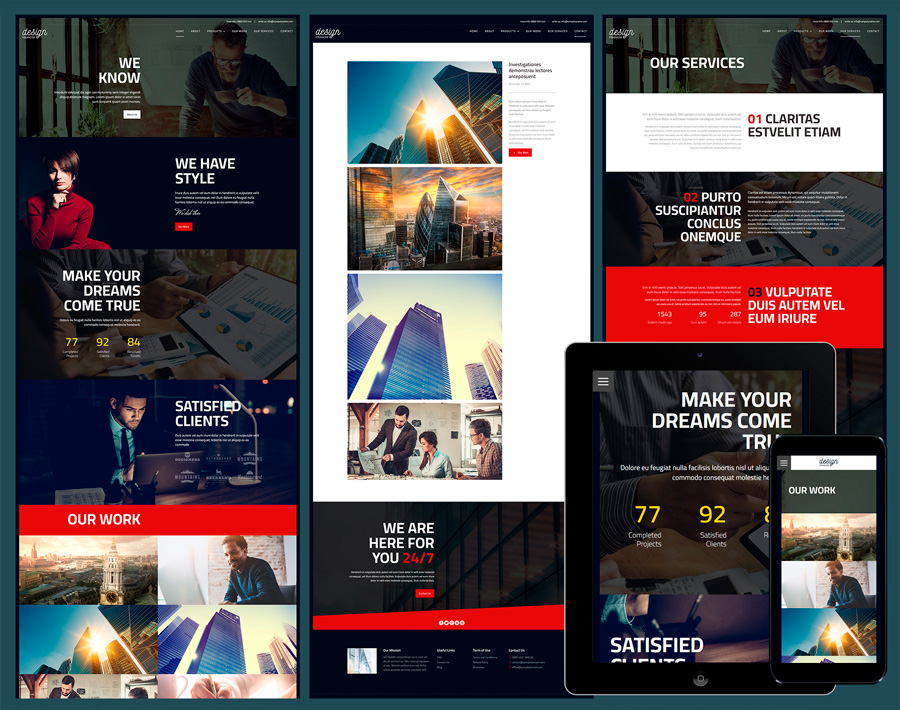
Free web-builder companies survive through three profit streams:
1️⃣ Upsells: custom domain, SSL, and analytics quickly turn “free” into $30–$50 per month.
2️⃣ Lock-in: your content and layout live on their servers — you can’t migrate.
3️⃣ Transaction Fees: every online sale gives them a cut, eating into your margins.
A platform’s goal is monthly recurring revenue. Yours is client revenue. The incentives are not aligned.
💸 Part 2 — The True Cost of “Free”

Chapter 3 — The Time Cost
Time is your scarcest resource.
If you charge $100 / hr and spend 50 hours on trial-and-error web design, you’ve spent $5 000 in opportunity cost.
Multiply that by the hours debugging plug-ins, chasing support tickets, and watching tutorials — that “free” website is now your most expensive employee.
Chapter 4 — The Opportunity Cost: Clients You Never See
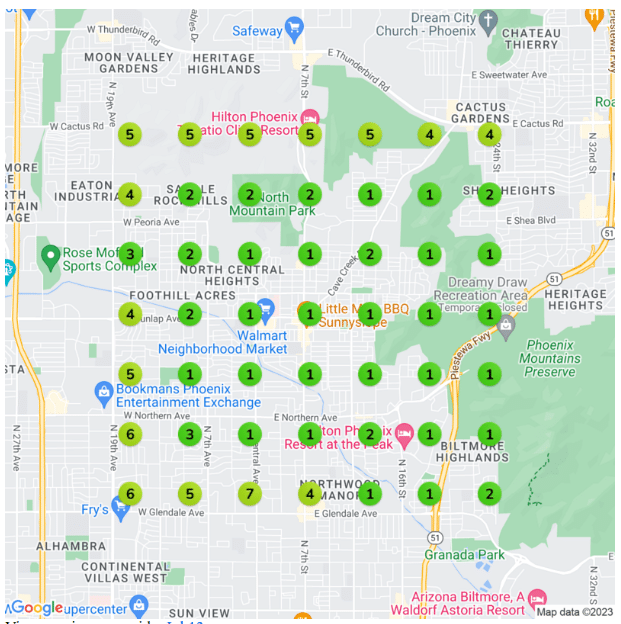
1️⃣ First-Impression Penalty
A cheap template screams “amateur.” Prospective clients subconsciously match your pricing to your presentation.
2️⃣ Performance Penalty
DIY sites are bloated and slow.
– 1 → 3 s load = +32 % bounce risk
– 5 s = +90 % bounce risk
Every second is a lost lead.
3️⃣ Mobile Penalty
Over 60 % of traffic is mobile. Shrunk-down desktop designs produce tiny buttons and unreadable text.
4️⃣ Trust Penalty
Without reviews, real photos, and clarity, users bounce. Trust design is deliberate — professionals know where to place proof.
Chapter 5 — The Invisibility Cost: SEO Blind Spots
SEO crawl diagnostics chart
DIY builders restrict technical SEO:
- No custom
robots.txtor sitemap control - Limited meta fields
- No schema integration
- Slow Core Web Vitals
Professionals give Google everything it needs: semantic markup, lightning speed, and optimized metadata.
Chapter 6 — The Scalability Cost: The Ceiling Effect

When business takes off, DIY sites break.
E-commerce, booking forms, custom integrations — all require flexibility DIY platforms can’t deliver.
A Bronx studio rebuilt its Square Online site with Next.js + Vercel.
Result: bookings + 190 %, site load < 2 s, SEO visibility × 3 in 60 days.
🧩 Part 3 — What You’re Really Paying For

Chapter 7 — Strategy First, Not Templates
A professional project begins with discovery: audience, goals, competitors, offers, tone.
It’s business consulting disguised as design.
Chapter 8 — Design Psychology

Good design tells a story that guides emotion and action.
Whitespace, rhythm, and contrast are conversion tools — not decoration.
Chapter 9 — Modern Tech Stack
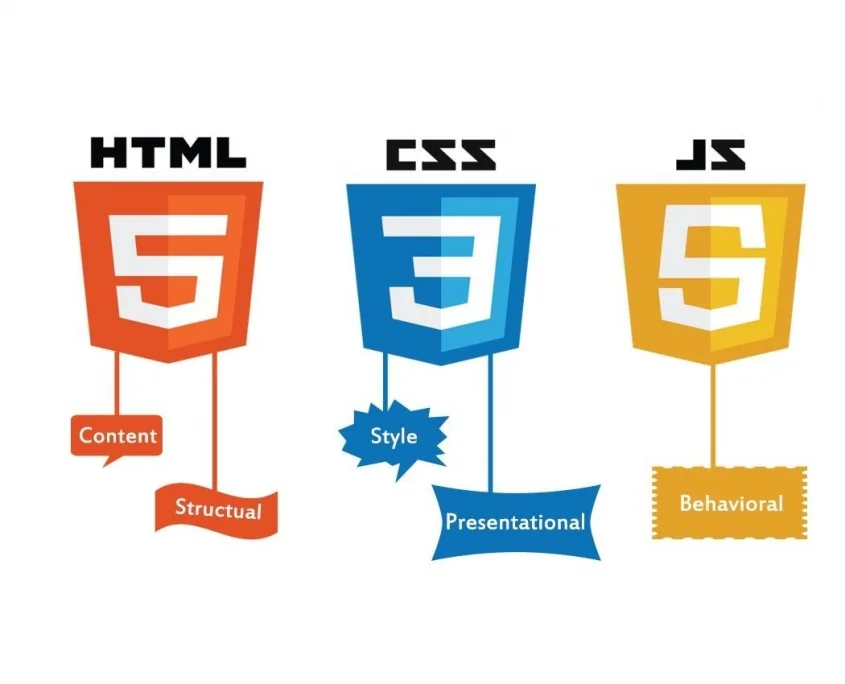
Behind every high-performing site:
- Next.js / React — instant load
- TailwindCSS — consistent visuals
- Vercel CDN — global speed
- Analytics + SEO tooling — measurable ROI
Chapter 10 — Automation & AI
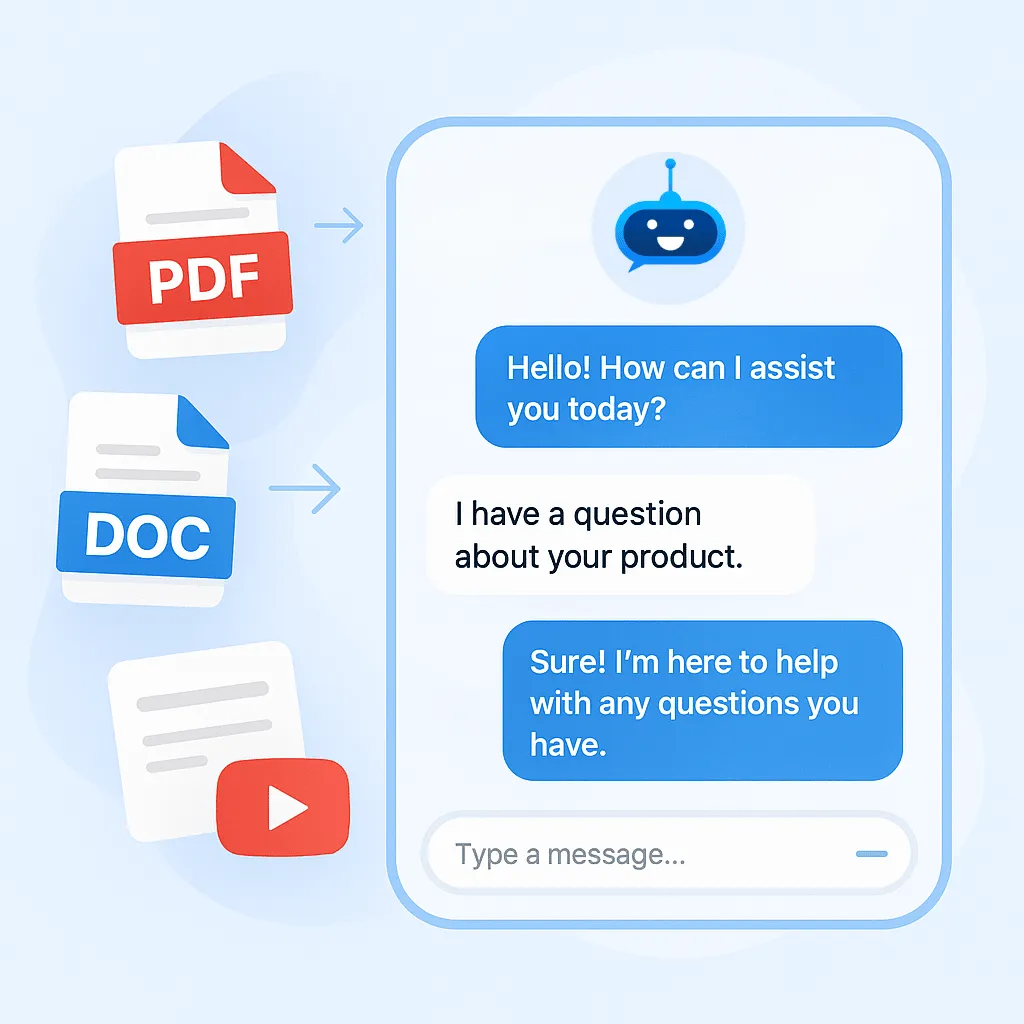
Automations handle what humans forget:
chatbots answering FAQs, CRMs logging leads, email flows following up instantly.
Chapter 11 — The Partnership
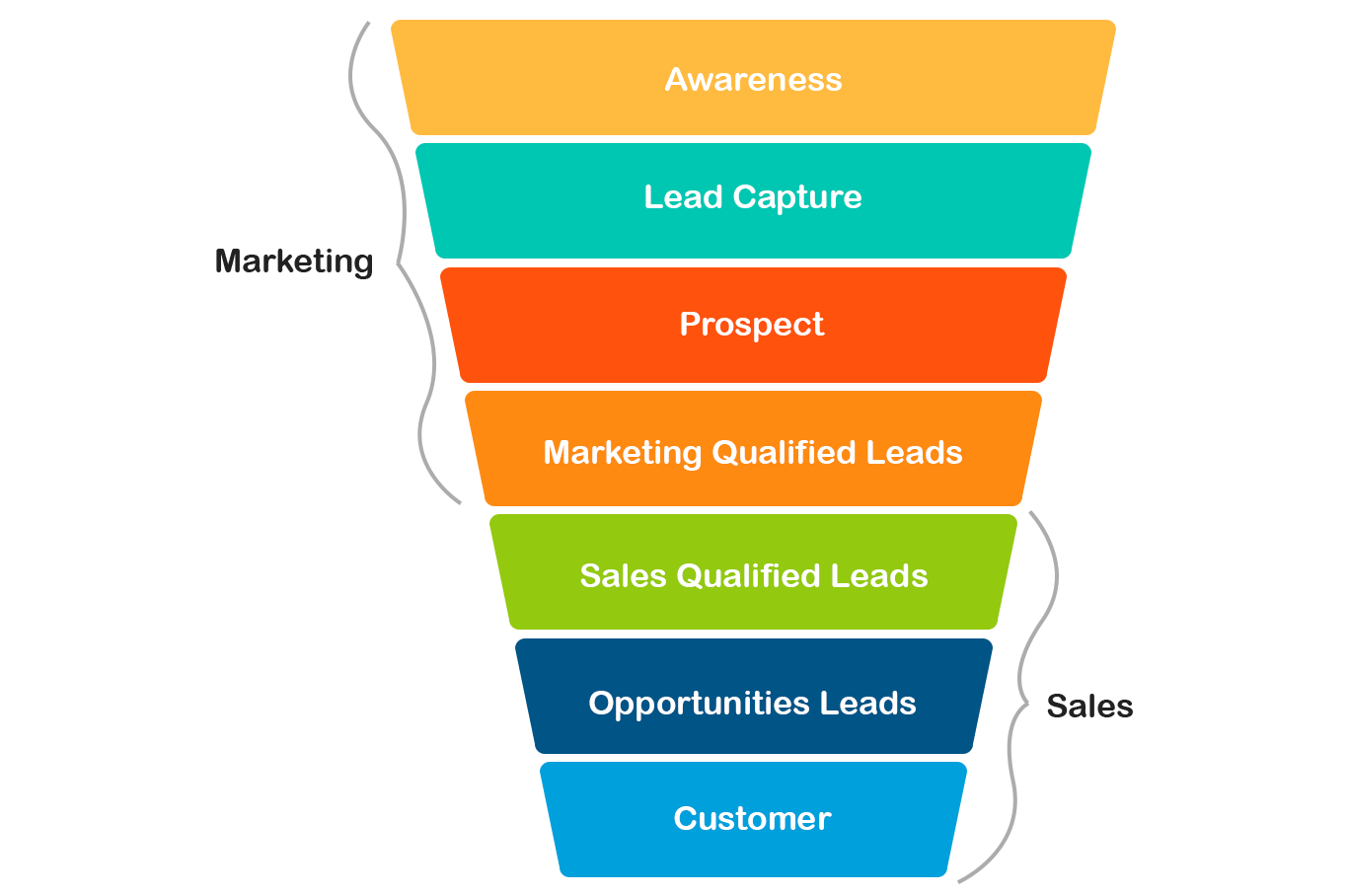
A true web partner audits data, adjusts funnels, and evolves your digital engine over time.
💰 Part 4 — The ROI of a Real Investment

Chapter 12 — ROI Math
A salon’s average client = $1 500/year.
If a new site wins one extra client monthly, it pays for itself within 4 months — then produces profit indefinitely.
Chapter 13 — Your Website as an Asset

Your website is infrastructure — as real as your chair, truck, or tools.
It works 24 / 7, raises brand equity, and compounds visibility.
📊 Quick Comparison
| Feature | “Free” DIY Site | $5 000 Professional | |----------|----------------|--------------------| | Speed | 4–6 s | < 2 s | | SEO | Limited | Full control | | Branding | Generic template | Tailored identity | | Ownership | Platform locked | 100 % yours | | Security | Shared | Hardened | | Support | Forum only | Dedicated | | ROI | Untracked | Positive & measurable |
🧠 Case Study: From Hidden to High-Demand
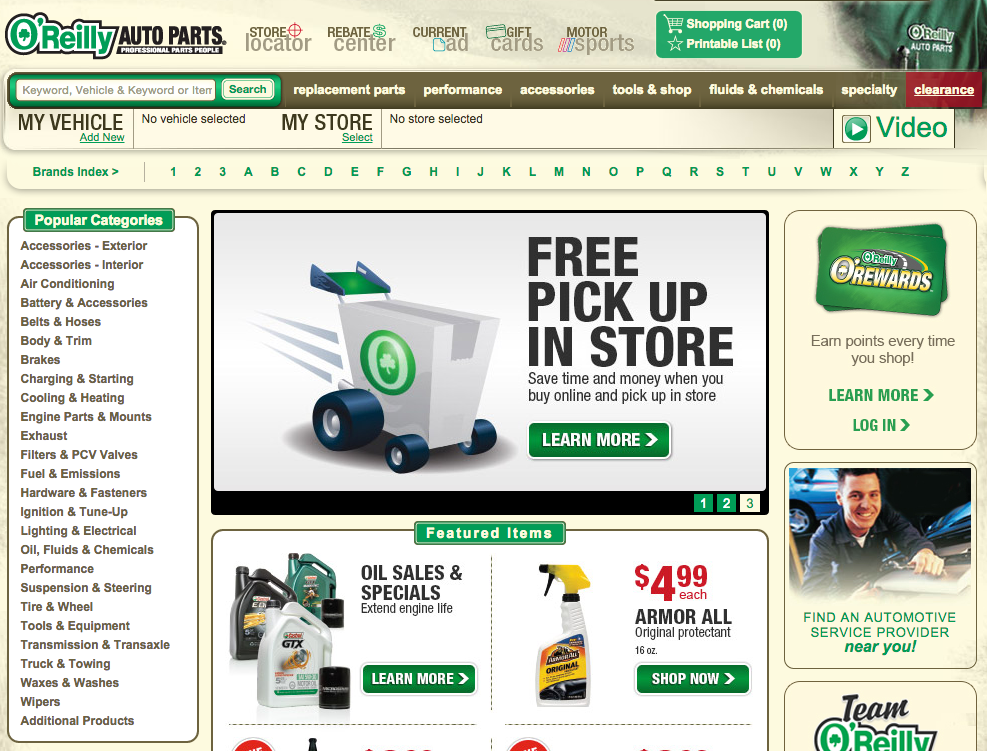
A contracting firm upgraded from a slow template to a ServEngines build:
– Page speed 6 → 1.5 s
– Leads + 175 %
– Average job value + $800
The site became their best salesperson.
💬 Frequently Asked Questions
Why does a pro site cost $5 000 +?
Because it’s a growth system: strategy + design + SEO + analytics + automation.
Can I phase the investment?
Yes — launch core pages, then add automations as ROI grows.
Timeline? 2–4 weeks with content ready.
Is it worth it for small businesses? If one new monthly client pays the bill, the rest is profit.
⚡ Common Objections & Truths

“I can’t afford it.” You’re already paying — in lost visibility.
“My friend can build it.” Can they deliver analytics, SEO, and uptime?
“I’ll wait.” Every month of delay costs search momentum.
🧩 Signs You’ve Outgrown DIY
- You avoid sharing your URL
- Bookings rely solely on DMs
- Not ranking for “service + city”
- Loads > 3 seconds
- No form leads this month
- Can’t add tracking pixels
🏁 Conclusion
A “free” site costs time, trust, and opportunity.
A professional website earns—visibility, clients, confidence.
The real question isn’t “Can I afford it?” but “Can I afford not to?”
Written by ServEngines — Building fast, client-booking websites for local businesses ready to grow.
Ready to Build Your Digital Growth Engine?
A powerful website or an AI chatbot can transform your business. If you're ready to see real results, let's have a conversation.
Get a Free Consultation